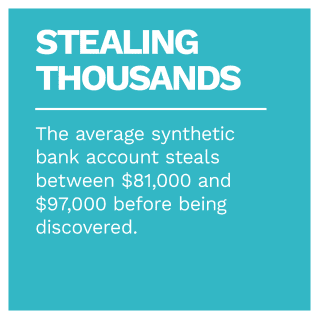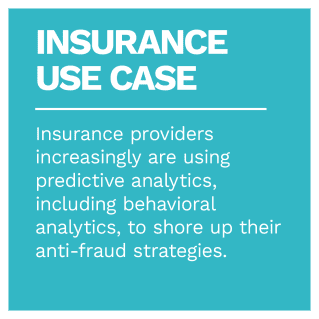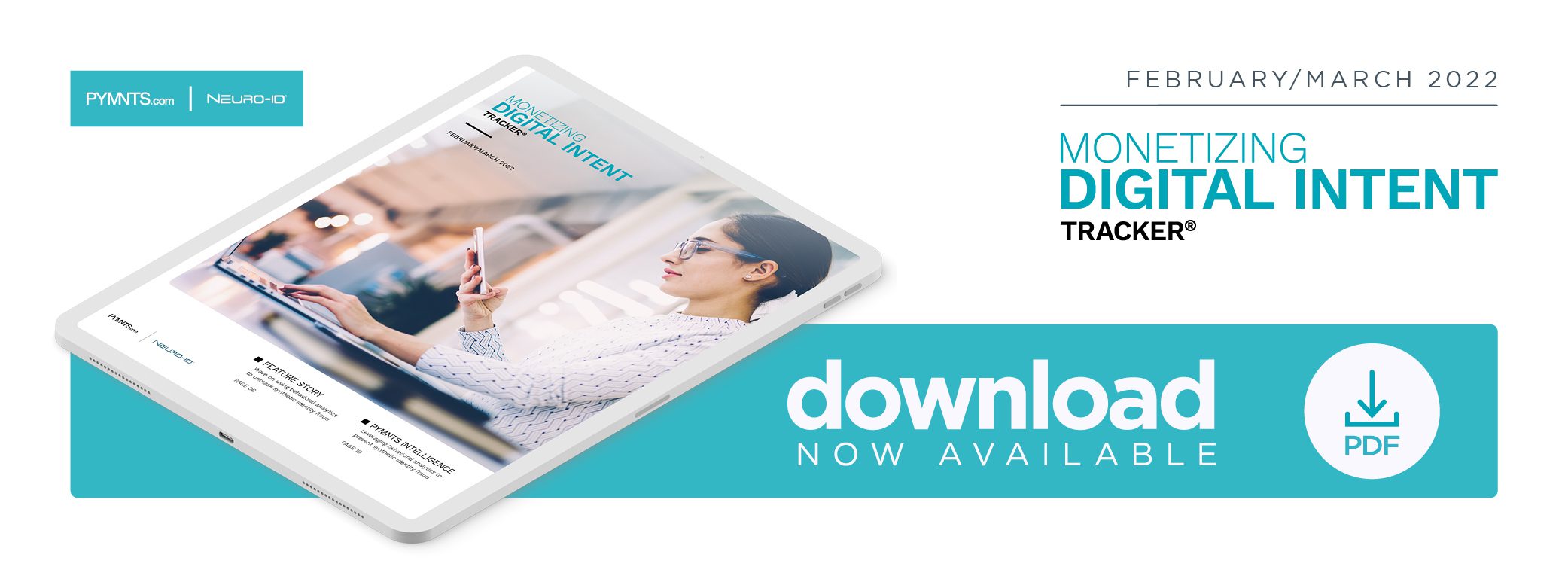Behavioral Analytics Helps FIs Spot Fraudsters Posing as Legitimate Businesses

Identity fraud is one of the most well-known forms of cybercrime, with 15 million Americans experiencing it each year. Still, there is an even more challenging variety to combat, known as synthetic identity fraud. This involves hackers creating new identities rather than impersonating others, although they often cobble together these new identities from an amalgam of various pieces of information, such as Social Security numbers or email addresses. One recent study found that synthetic identity fraud cost financial institutions $20 billion in 2020, with the average synthetic identity bank account stealing between $81,000 and $97,000 before being caught.
Making synthetic identity fraud even more difficult to stop is the fact that traditional authentication methods, like passwords or multifactor authentication, are all but useless at preventing it. A better choice is behavioral analytics, which analyzes how applicants enter personal details like their names, email addresses and account information during the onboarding process. These systems measure a variety of metrics, such as interaction time, hesitation and automated entry, to determine if a given applicant is entering their legitimate personal information or if it is a fraudster armed with a synthetic identity.
The February/March edition of the Monetizing Digital Intent Tracker®: Using Behavior As A Service To Drive Top-Line Growth explores the latest in the world of behavioral analytics, including the growing threat of synthetic identity fraud, the use of behavioral analytics to keep it at bay and how these analytics can improve the customer experience across the board.
Developments From the Behavioral Analytics World
 Synthetic identity fraud was one of the most costly types of fraud facing merchants last year, and it seems that the bad actors deploying this fraud type have a new target: children’s data. A recent report found that child identity fraud costs families almost $1 billion each year, with bad actors leveraging synthetic identities to steal 1.25 million identities from children. Data breaches and phishing are some of the most common uses of synthetic identities, with bad actors assuming these personas to hack into school district databases. One in 50 children have become identity fraud victims due to these tactics.
Synthetic identity fraud was one of the most costly types of fraud facing merchants last year, and it seems that the bad actors deploying this fraud type have a new target: children’s data. A recent report found that child identity fraud costs families almost $1 billion each year, with bad actors leveraging synthetic identities to steal 1.25 million identities from children. Data breaches and phishing are some of the most common uses of synthetic identities, with bad actors assuming these personas to hack into school district databases. One in 50 children have become identity fraud victims due to these tactics.
Traditional fraud prevention methods are not cutting the mustard when it comes to new fraud tactics like synthetic identities, forcing companies to deploy cutting-edge technology instead. Predictive analytical methods like behavioral analytics are now deployed by 80% of insurance providers, for example, up from 55% in 2018. This industry faces more than $80 billion a year in insurance fraud annually, the study found, caused by cybersecurity deficiencies like limited IT resources, poor data quality and challenging data integration.
For more on these and other behavioral analytics news items, download this month’s Tracker.
How Wave Defends Against Synthetic Identity Fraud
 Synthetic identity fraud leaves no victim of identity theft able to report a crime, making it difficult to detect without sophisticated behavioral analytics algorithms. In this month’s Feature Story, PYMNTS talked with Angie Dobbs, vice president of fraud and risk at financial software company Wave, about what makes synthetic identity fraud so dangerous and how behavioral analytics can minimize its threat.
Synthetic identity fraud leaves no victim of identity theft able to report a crime, making it difficult to detect without sophisticated behavioral analytics algorithms. In this month’s Feature Story, PYMNTS talked with Angie Dobbs, vice president of fraud and risk at financial software company Wave, about what makes synthetic identity fraud so dangerous and how behavioral analytics can minimize its threat.
PYMNTS Intelligence: Leveraging Behavioral Analytics to Prevent Synthetic Identity Fraud
Synthetic identity fraud can take on many forms, all of which involve inventing a new identity rather than stealing one from another individual. However, traditional methods like passwords or multifactor authentication are ineffective at stopping synthetic identity fraud. This month, PYMNTS explores how behavioral analytics can monitor how customers enter information during the onboarding and application process and keep this fraud to a minimum.
About the Tracker
The Monetizing Digital Intent Tracker®: Using Behavior As A Service To Drive Top-Line Growth, a PYMNTS and Neuro-ID collaboration, is the go-to monthly resource for updates on trends and changes in behavioral analytics.
